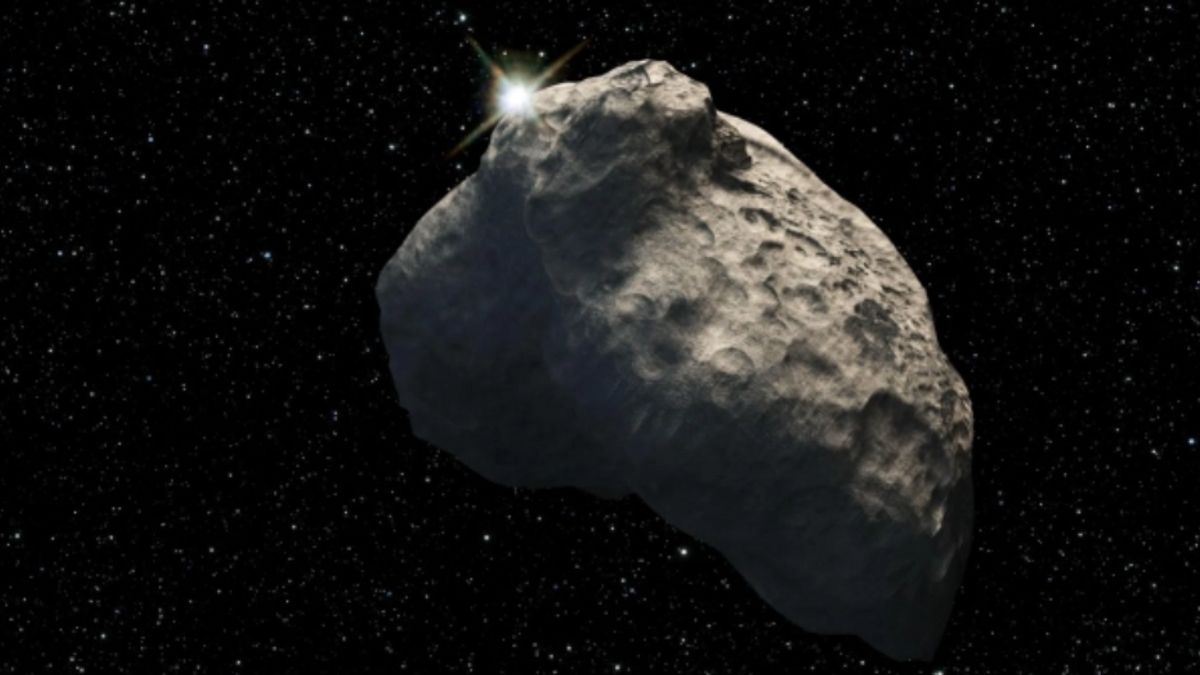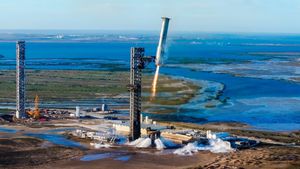JAKARTA The New Horizons mission, the spacecraft flying past Pluto and its five months, should have stopped in 2024. However, the latest news states that the United States Aeronautics and Space Agency (NASA) has extended the timing of this mission.
From theSpace report, New Horizons could explore Pluto even longer, at least about five years away. Representatives from NASA on September 29 stated that they would still activate New Horizons while observing in the Kuiper Belt.
"The New Horizons mission has a unique position in our solar system to answer important questions about our heliosphere and provide extraordinary opportunities for multidisciplinary science for NASA and the scientific community," said NASA's Academy of Science Mission Directorate Nicola Fox.
With this consideration, NASA extended the New Horizons mission even longer. Fox added that New Horizons is expected to exit the Kuiper Belt in 2028 to 2029.
اقرأ أيضا:
For information, New Horizons was launched in early 2006. The aircraft was launched to observe Pluto, one of the planets in the Kuiper Belt, up close. However, the timing extension of this mission has had some problems.
NASA had planned to move New Horizons to the heliophysical section, but New Horizons Main Investigator Alan Stern rejected the plan. According to him, New Horizons should be on track before that, namely studying the Kuiper Belt and the objects inside further.
If New Horizons is moved to the heliophysical section, this spacecraft will have to exit the Kuiper Belt which is 50 Astronomy Units (SA) away from the Sun. After this distance, New Horizons must learn about the relationship between the Sun and Earth and other solar systems.
However, Stern managed to keep New Horizons in the Kuiper Belt. At least, New Horizons can still operate for the next five years and will continue to study the objects there before NASA ends this mission or maybe be extended with other plans.
The English, Chinese, Japanese, Arabic, and French versions are automatically generated by the AI. So there may still be inaccuracies in translating, please always see Indonesian as our main language. (system supported by DigitalSiber.id)


















